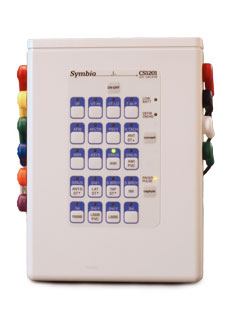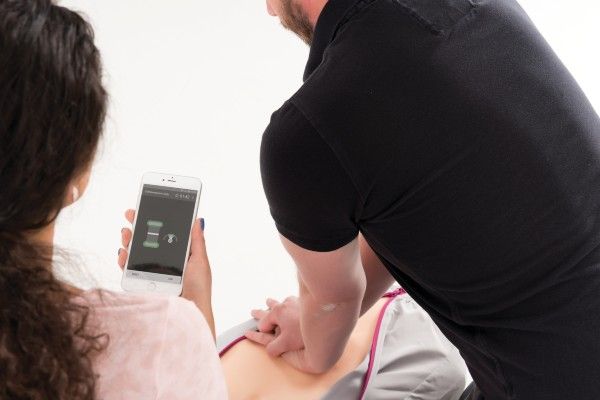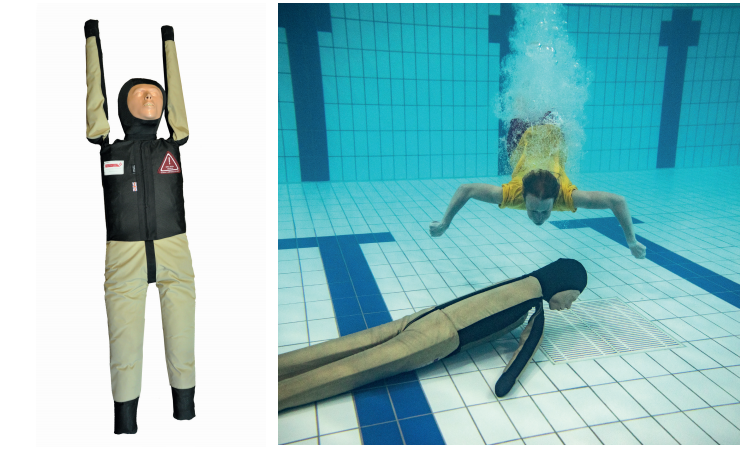
Code Simulator 12-Lead Arrhythmia Simulator - Phillips

CS1201 Features
ECG Waveforms
Core ACLS waveforms (14):
Ventricular Fibrillation
Ventricular Tachycardia - fast with wide QRS
Ventricular Tachycardia - slow with wide QRS
Torsades de Pointes
Atrial fibrillation with rapid varying ventricular response
Aflutter with 2:1 AV block
Paroxysmal Supraventricular Tachycardia
Sinus Tachycardia with anterior ST depression
Normal Sinus Rhythm
Asystole
1st degree AV block with RBBB
2nd degree type II AV block (4:3)
2nd degree type II AV block with LBBB and PVCs (4:3)
3rd degree AV block
ST segment and T wave Abnormalities (6):
Sinus rhythm with anterior Q waves
Sinus rhythm with anterior Q waves and PVCs
Sinus rhythm with anteroseptal ST elevation
2nd degree type I AV block with lateral ST elevation
Sinus Bradycardia with inferior ST elevation
Sinus Bradycardia with inferior ST elevation and Q waves

ECG Connections:
V1 - V6
RA, LA, LL, RL
Pads
Defibrillator and Pacer Training
Safely discharge your defibrillator/external pacer directly into the CS1201 for interactive cardiac emergency training.
Defibrillator Discharge
The simulator detects defib discharges of 50J or greater. The DEFIB DSCHG indicator illuminates when defib detection occurs.
Convert
After you activate convert, the waiting rhythm that you pre-select automatically becomes the running rhythm when a defibrillator discharge is detected.
Pacing Capture Current
You can select four pacing capture current levels: 70, 80, 90 and 100 mA.
Paced Beats
When a pacer pulse is detected, paced beats are displayed on your ECG monitor and the PACER PULSE indicator blinks off momentarily.
Battery
Powered by four AA alkaline batteries.
Low battery indicator illuminates when battery needs to be replaced.
Battery saver feature powers-off the simulator automatically when not in use. Battery life is approximately 15 hours.





